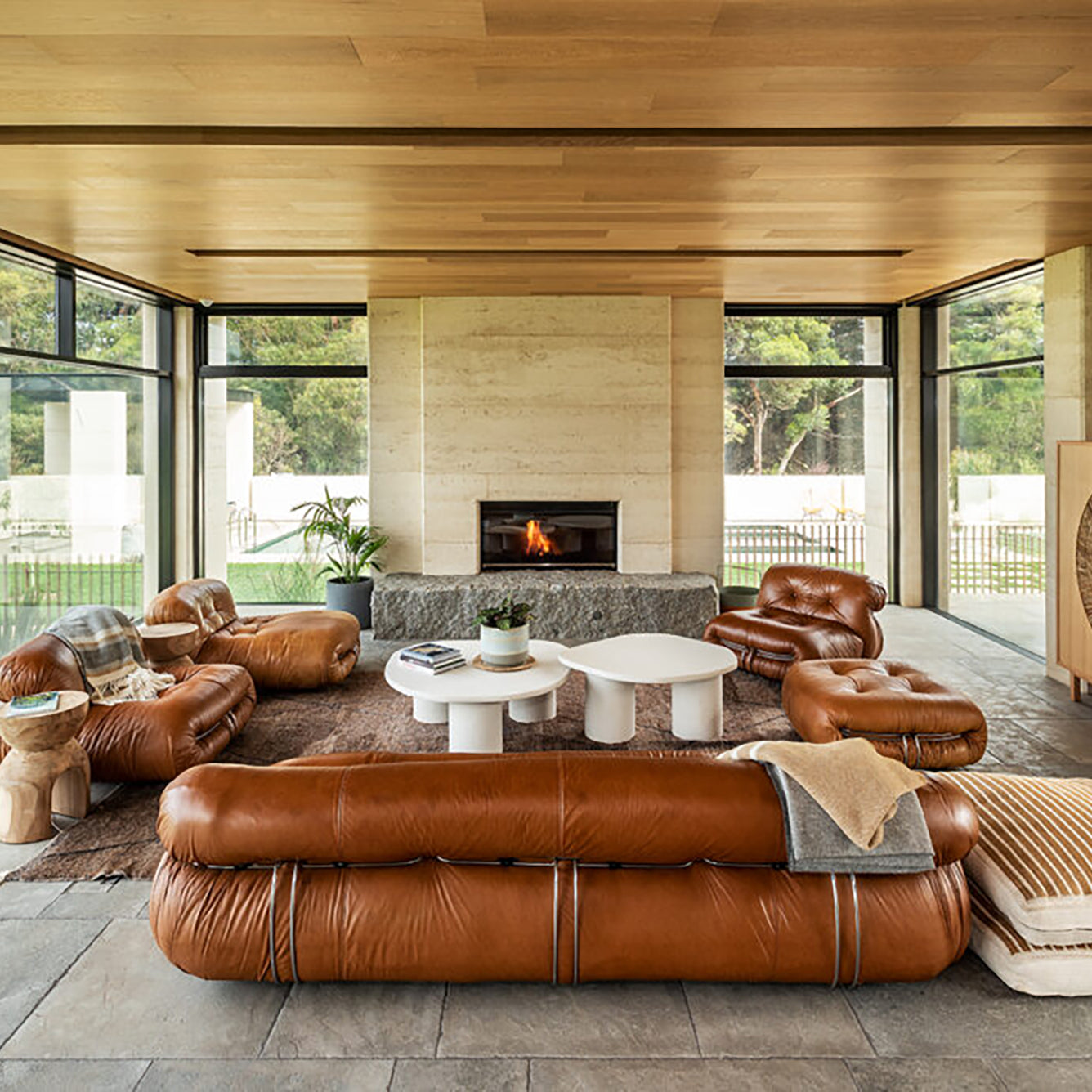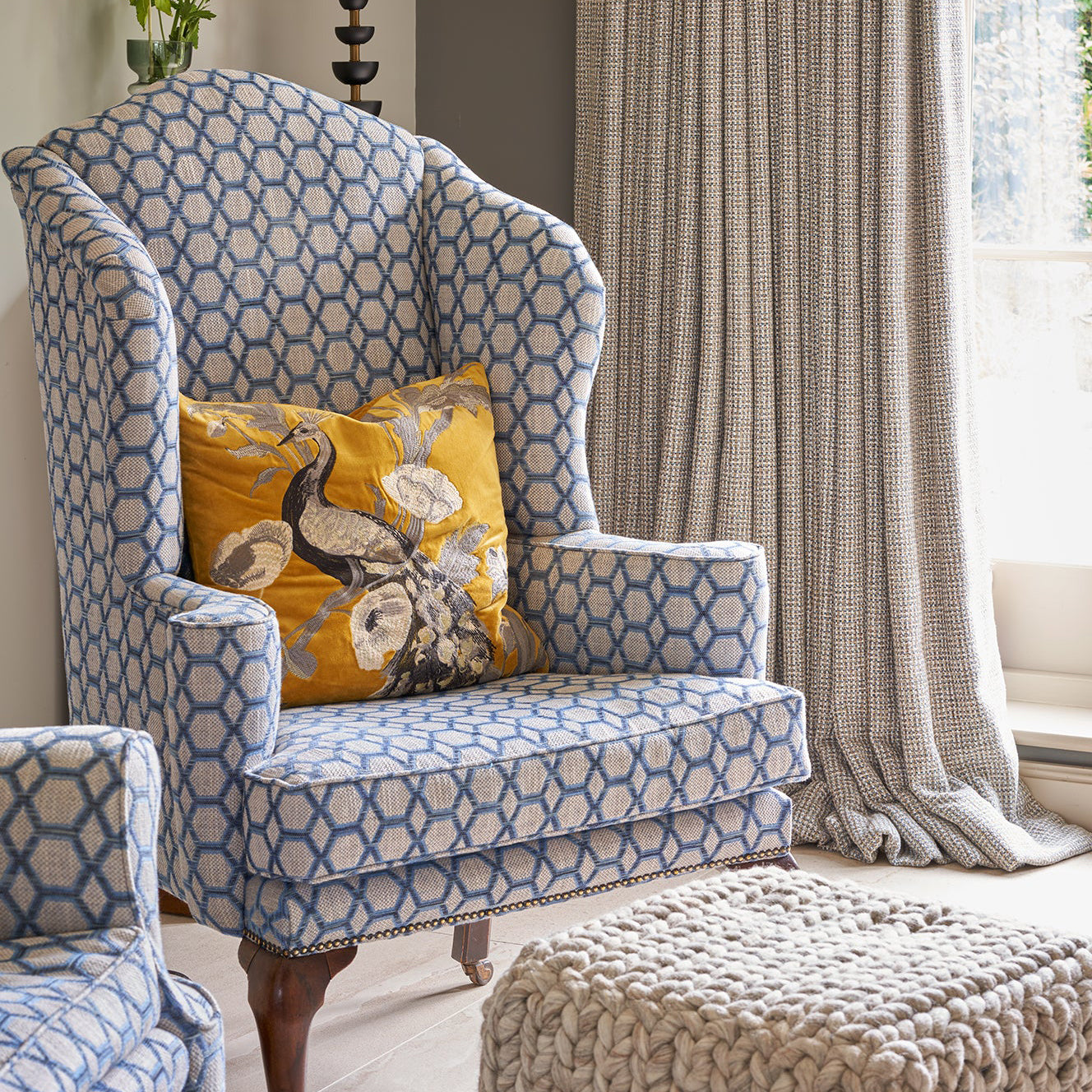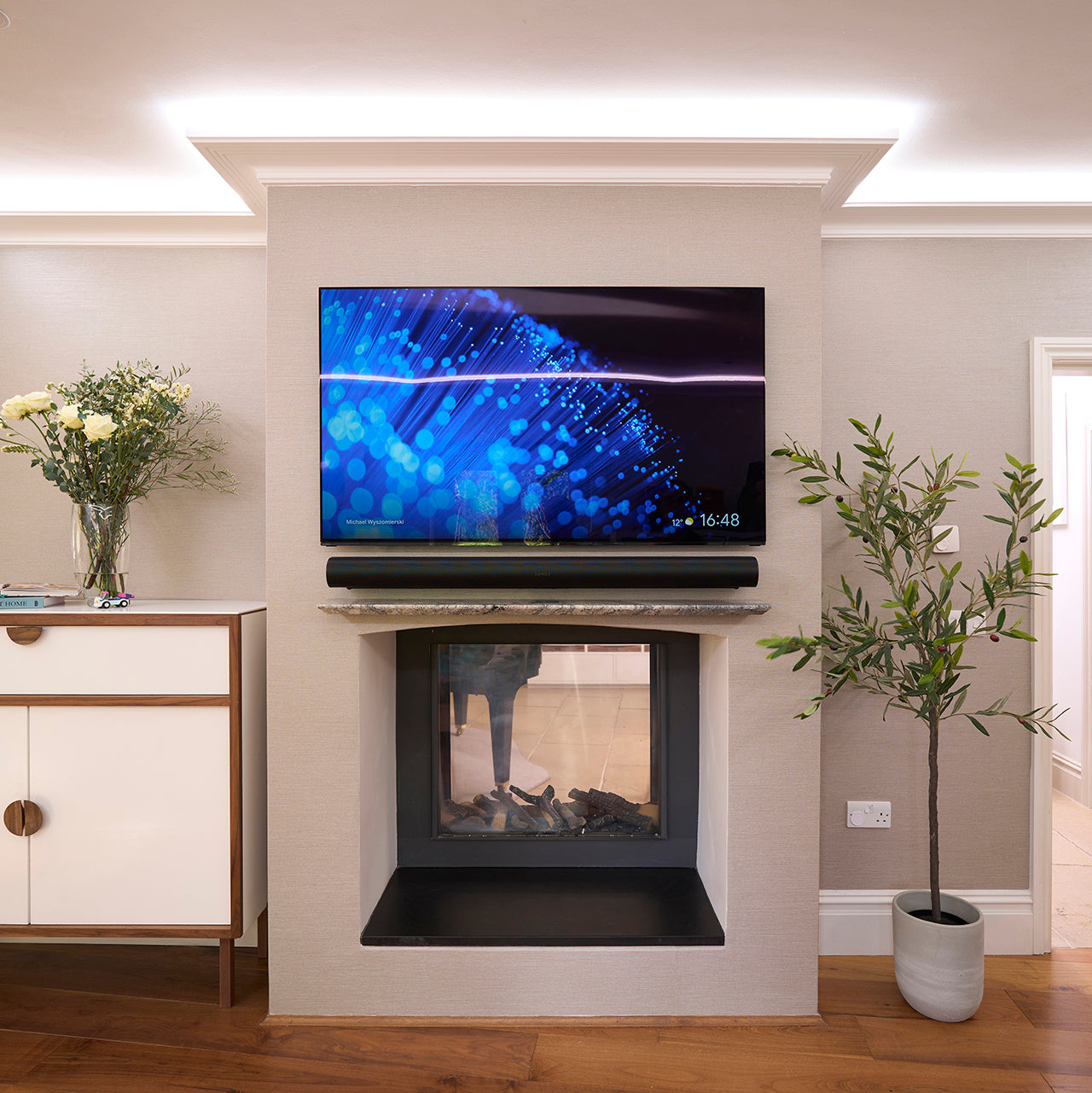MUSINGS, INSPIRATIONS, RECIPES, FEATURES & MORE
LATEST / INTERIORS INSPIRATION / COUNTRY & PERIOD HOUSE GUIDES / MUSINGS / SUSTAINABILITY / FEATURES / HEALTHY LIVING
STYLES WE LOVE : TRANSITIONAL INTERIOR DESIGN
Transitional interior design gracefully bridges the gap between the classic elegance of traditional styles and the clean lines and minimalist aesthetic of contemporary design. It seamlessly blends the two, creating a harmonious and inviting space that feels both sophisticated and comfortable.

Image left: Kennedy Nolan. Image right: Alain Gilles
THE ESSENCE OF TRANSITIONAL DESIGN
Transitional interior design is a versatile and adaptable style that can be tailored to a wide range of tastes and preferences. It embraces the best of both traditional and modern design, creating a space that feels timeless yet fresh and current. Unlike traditional design, which emphasizes formality and symmetry, and contemporary design, which often features stark minimalism, transitional design strikes a balance between the two. It incorporates classic elements, such as ornate moldings and architectural details, while also embracing modern furnishings, clean lines, and open floor plans. The origins of transitional design can be traced back to the early 20th century, when designers began to experiment with combining traditional and modern elements. One of the key influences on transitional interior design was the work of American designer Albert Hadley. Hadley was known for his ability to mix and match traditional and modern elements to create spaces that were both stylish and comfortable. He also emphasized the importance of using high-quality materials and craftsmanship. This trend accelerated in the 1980s and 1990s, and transitional design has become one of the most popular interior design styles today.

Image left: Rizzoli. Image right: Crate&Barrel
THE KEY CHARACTERISTICS OF TRANSITIONAL DESIGN
Transitional interiors are defined by their ability to blend traditional and modern elements in a way that feels cohesive and balanced. Here are some of the key characteristics that set them apart from other design styles:
Neutral Colour Palette: Transitional interiors typically feature a calming and versatile neutral colour palette, such as whites, creams, beiges, and greys. These understated hues provide a blank canvas for showcasing furniture, artwork, and decorative accents.
Mix of Materials: Transitional design embraces a blend of natural and modern materials. Wood, stone, leather, and other natural materials add warmth and texture, while metal accents, sleek surfaces, and synthetic fabrics provide a contemporary touch.
Classic Furniture Forms with Modern Touches: Transitional interiors often feature classic furniture pieces with modern updates. For example, a traditional wingback chair might be upholstered in a contemporary fabric or have a streamlined silhouette.
Clean Lines and Minimalism: While transitional design incorporates traditional elements, it also embraces the clean lines and minimalist aesthetic of contemporary design. Furniture arrangements are often uncluttered, and spaces feel open and airy.
Layered Lighting: Transitional interiors typically feature a layered lighting approach, combining natural light with ambient, task, and accent lighting. This creates a warm and inviting atmosphere while also providing functional illumination.
Personal Touches and Artwork: Transitional design encourages personal expression through artwork, accessories, and decorative accents. These elements add character and reflect the homeowner's unique style.

Image left: Hadley Wiggins. Image right: Hotel Bellevue Blaye
CREATING A TRANSITIONAL HAVEN
Transitional interior design is an excellent choice for those who appreciate the elegance of traditional styles but also want a space that feels modern and fresh. Here are some tips to create a transitional haven in your own home:
Start with a Neutral Base: Begin by painting your walls in a calming and versatile neutral color palette. This will provide a blank canvas for the rest of the design.
Mix and Match Furniture Styles: Combine classic furniture pieces with modern counterparts. Look for pieces that share similar scale or proportion to create a cohesive look.
Incorporate Natural Materials: Infuse your home with natural materials, such as wood, stone, and leather. These materials add warmth, texture, and a connection with nature.
Embrace Clean Lines and Minimalism: Choose furniture with clean lines and uncluttered shapes. Avoid clutter and maintain a sense of spaciousness.
Utilise Layered Lighting: Implement a layered lighting plan to create a warm and inviting atmosphere. Use natural light whenever possible and supplement with ambient, task, and accent lighting.
Add Personal Touches: Accessorise with artwork, family photos, and other personal items to reflect your unique style and personality.
Balance Traditional and Modern Elements: The key to transitional design is to strike a balance between traditional and modern elements. Avoid overwhelming the space with either style.
By incorporating these elements into your home, you can create a transitional haven that reflects your personal style and provides a space of comfort, sophistication, and timeless appeal.




